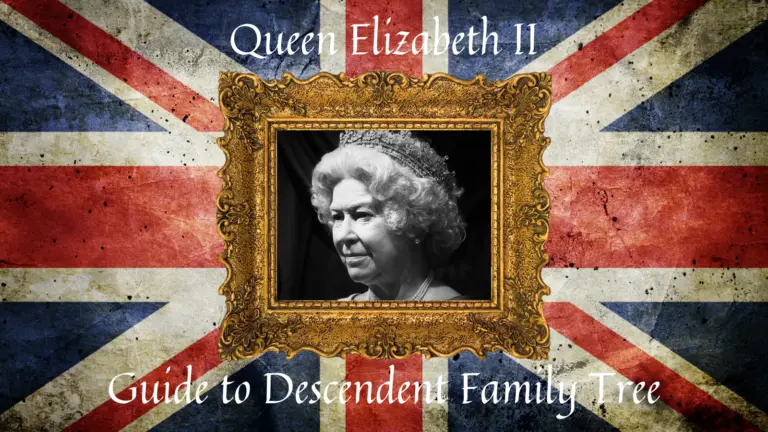On the 8th of September, 2022, the news broke that the reign of Queen Elizabeth II had ended. The monarch had passed. For a time, it had almost seemed the world would never see the day. Such was the monarch’s longevity. She’d seen the world slow to a covid-induced stop. She’d been at the helm as Britain went through political upheaval many more times than one can count.
Social commentators had no shortage of comparisons and witticisms for what was a truly unique era in modern history. Some chronicled her reign by comparing it to the number of British prime ministers, US presidents, Catholics popes, and other world leaders who had served in that time.
Others made pop culture references – which actors had played James Bond during her time for example. Another referenced the Batman franchise instead – cheekily pointing out that Queen Elizabeth had even “survived” Ben Affleck’s portrayal of the masked marauder.
If there is one event that justifies the use of the expression “the end of an era”, it is this. As one era ends, another begins. King Charles has been thrust onto the throne. And as the Internet whips up all the attendant memes and snide remarks that you would expect to follow a septuagenarian in his shoes, we thought we’d balance the scales with a bit of information to keep you in the know.
Let’s take a look at the family tree of Queen Elizabeth II. We briefly explore the history of the House of Windsor, and the family trees of Queen Elizabeth’s descendants.
History: the house of Windsor
The term House of Windsor refers to the dynastic name of the British Royal Family. It previously used to be Saxe-Coburg-Gotha (or Saxe-Coburg and Gotha) until 1917, when Queen Elizabeth’s grandfather, King George V, proclaimed the adoption of the new name.
For context, the House of Windsor took over from the House of Hanover. This name in turn came from King George I, who was the elector of Hanover – one of seven people who could elect the emperor of Germany. The last House of Hanover ruler was Queen Victoria. The name Saxe-Coburg-Gotha came from her husband, who was German by birth. In German, it is Sachsen-Coburg und Gotha in German.
King George decreed that the dynastic name would be changed to the House of Windsor during World War I, in the midst of anti-German sentiment. All British patrilineal descendants of Queen Victoria would bear the name Windsor.
Queen Elizabeth II would, a few decades later in 1952, also declare that her descendants would also adopt the surname Mountbatten-Windsor. Under normal circumstances, they would have taken on Prince Philip’s surname – Mountbatten, which itself had German roots. A 1960 amendment to the decree changed it to affect patrilineal descendants without royal titles.
Continue reading more on Queen Elizabeth II and her Descendent Family Tree.
0






